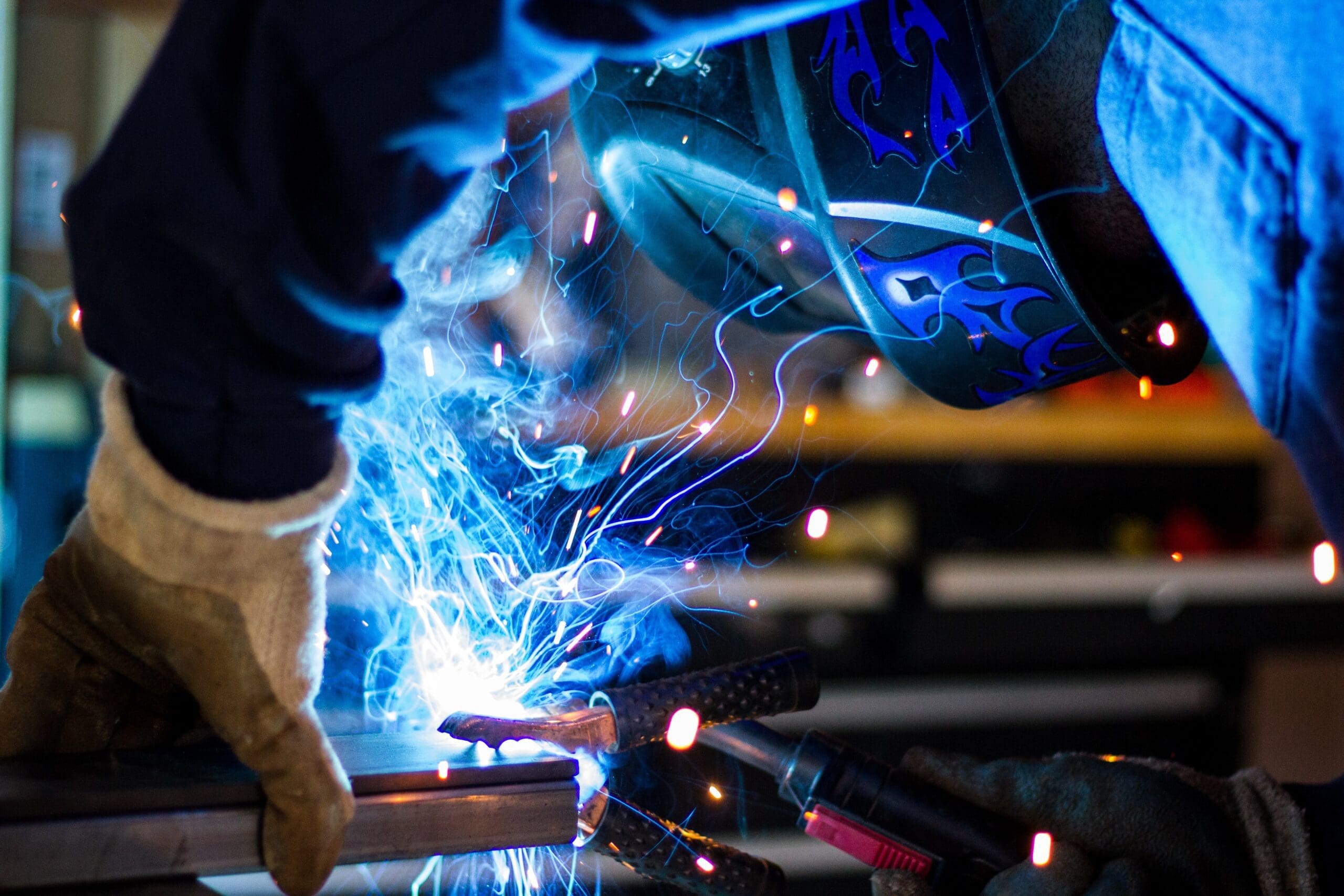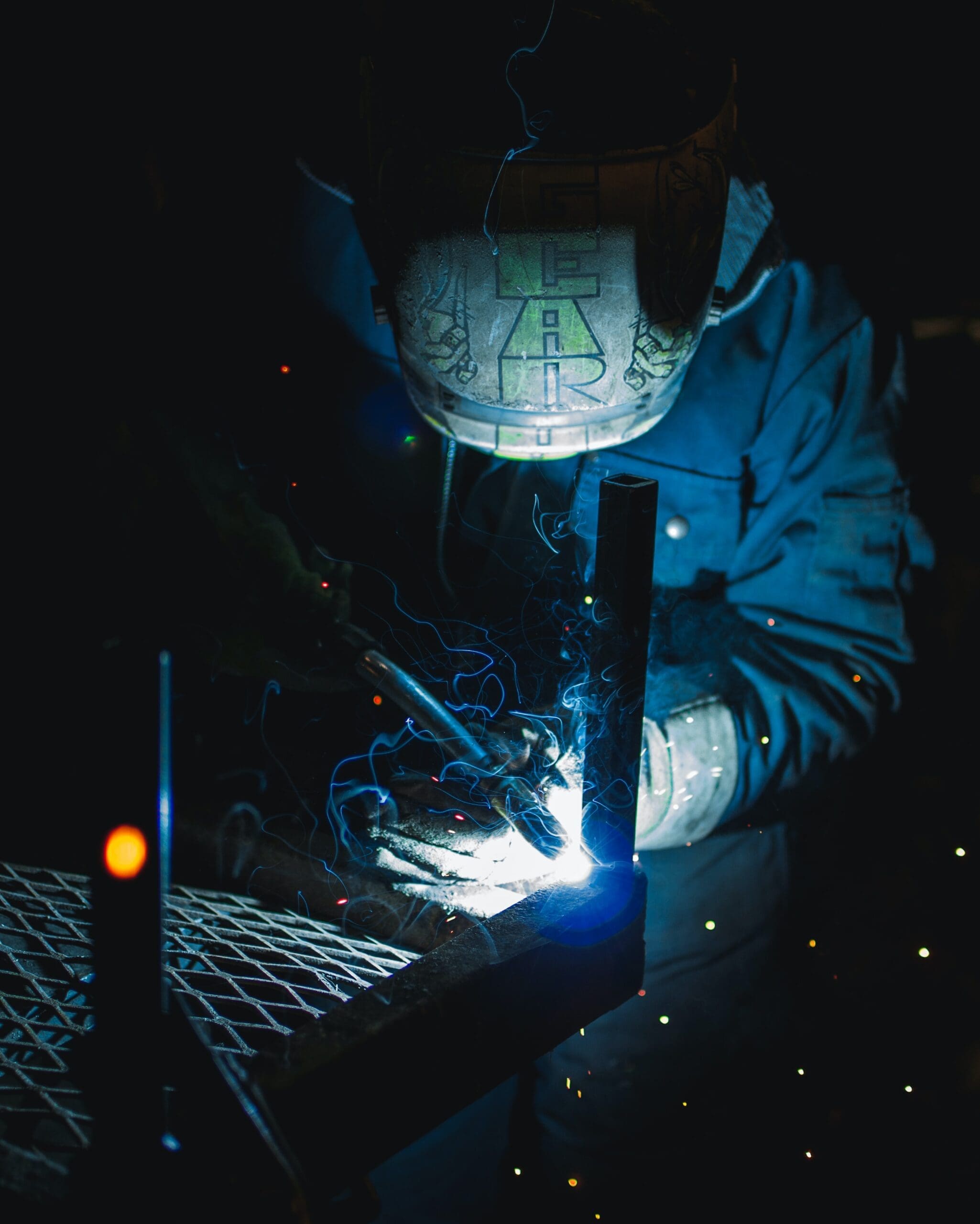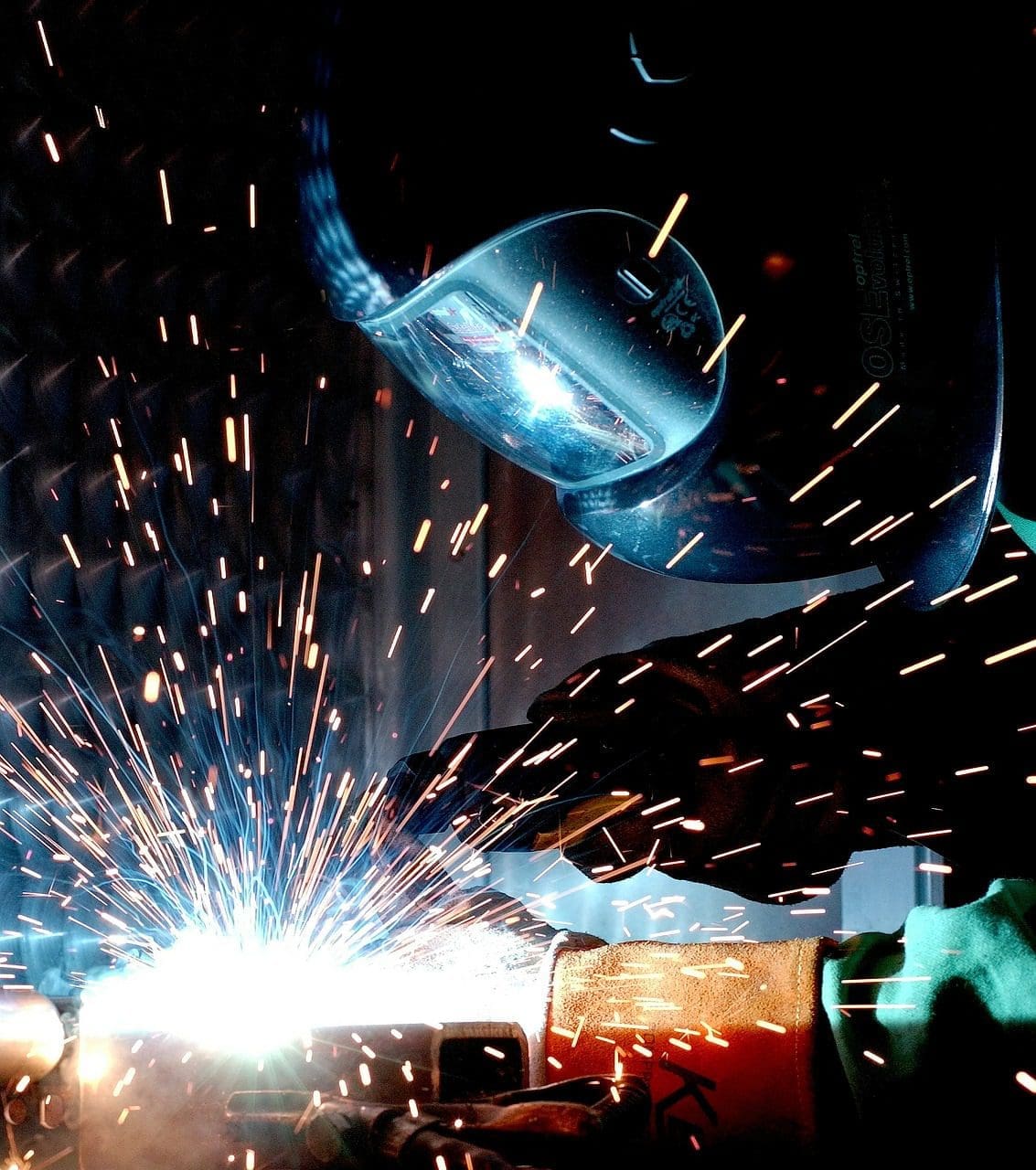5 Basics for Beginners
Flux-cored arc welding is an automatic and semi-automatic welding technique. Most people who need to do a welding job outside prefer this technique over any other welding technique as it doesn’t require externally provided shielding gas. In this technique, we feed the electrode with constant voltage and a tubular electrode containing a flux. The flux in this technique provides shielded protection by producing liquid slag and gaseous protection. It makes the welding process fast and portable because people prefer it on the construction site.
Though relatively, it is a more straightforward technique to learn, it can be hazardous if you proceed in the wrong way. So the user must take care of the basics of the welding process to work efficiently and get perfect results.
Here are some basics of Flux-Cored Shielded Wire Welding :

Basics for Beginners
Safety Measures:
Welding jobs present various hazardous situations; it can be dangerous if done improperly. There are high chances of getting electric shocks while performing flux-cored arc welding as we use the live electrical circuit, constant voltage supply, and electrodes containing flux. So before indulging in any welding-related work, ensure the safety of you and your workspace first. Have proper ‘Personal Protective Gear,’ which includes gloves, safety glasses, boots, a welding helmet, flame resistant jackets, etc. Have a working fire extinguisher near you every time and remove every ignitable item from your workplace.
Metal Preparation:
The preparation of metal on which we have to perform the welding job is an important aspect to take care of the perfect welding results. Though flux-cored arc welding is a process that can work efficiently on dirty metals, experts still advise cleaning the metal before starting the welding job to get even better results. We can remove contaminants like dirt, rust, and scaly surface from the metal with the help of a grinder or metal brush. But before using a grinder, make sure to ensure the safety of the metal you plan to grind. Use clamps to secure the metal in a place. Usually, table vice or a C-clamp is good for the grinding process. Once your metal is secured with the clamp, you are free to remove the contamination coming in your way of achieving a perfect welding job.
Equipment Preparation:
Before starting the welding job, make sure all your equipment is in sound quality and are in a condition to work. Adjust the tension on the wire spool and make sure you set the polarity for the electrode to work correctly.
In flux-cored welding, we use softer wires in comparison to other types of welding. So experts’ advice to use correct drive rolls to keep wire-free from any deformity. Also, check all the cables and connections and make sure all the plugs are correctly connected, and check that all the wires are in proper condition.
Wire Selection:
Flux-cored welding has unique characteristics according to which we have to select the accessories in the welding process. In the case of this welding process, we use E71T-1C and E70T-1C type of wires mostly. We use E71T-1C wire for all-purpose welding, and for flat and horizontal welding, we see E70T-1C. These both are shielded wire and produce a liquid slag, which helps to protect the welded metal. These wires are available for many different types of metals like steel, stainless steel, mild steel, and nickel alloy. Different variants of these wires are available for different materials like 70 KSI tensile strength wire is used for mild steel, and for high strength, the material value goes up to 120 KSI.
Welding Technique:
For the flux-cored arc technique, most etiquette technique is the drag technique. In this technique, the tip of the welding gun is pulled back slowly from the completed weld. A perfect working method is a must for the desired result of your welding job. To perfect your working technique, you must take care of the travel and work angles.
The travel angle is the angle relative to the welding gun in a perpendicular position. For the best results, the travel angle must remain between 5 to 15 degrees, as anything beyond that will cause instability and less penetration.
The work angle is the angle related to the gun position to the welding area. This angle changes according to the welding position and joint.
For horizontal position welding, the working angle is reduced by 5 to 15 degrees to counter gravity’s force working on the gun. In other cases, like vertical joints, the working angle is reduced to 10 to 15 percent compared to the flat joints.

Conclusion
With several advantages, flux-cored arc welding is one of the best techniques for outdoor welding. It provides speed and accuracy in the welding job and gives the perfect weld when done correctly. It is an easy technique to learn, but beginners should have an expert beside them every-time they are to weld. Welding can be hazardous and should not be done carelessly; ensure the safety of you, and your workplace does not get compromised. You cannot expect to learn the technique just by learning the basics and proper technique once, the key to success is practicing. Practice your method as much as you can to get the ideal results.
Featured Image by WikiImages from Pixabay





